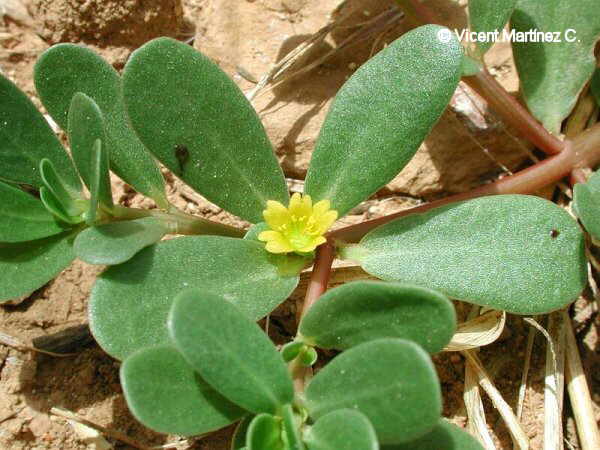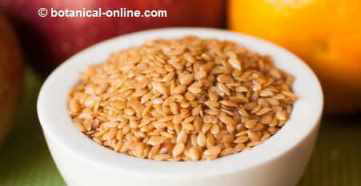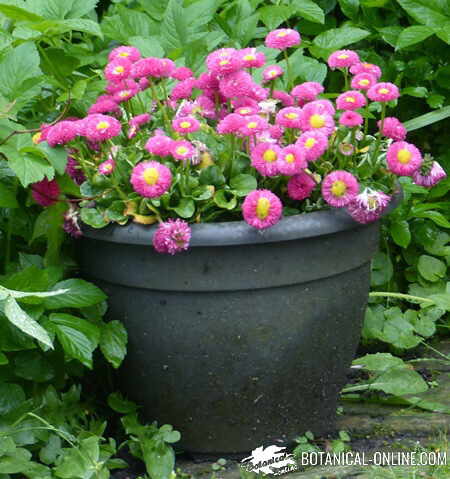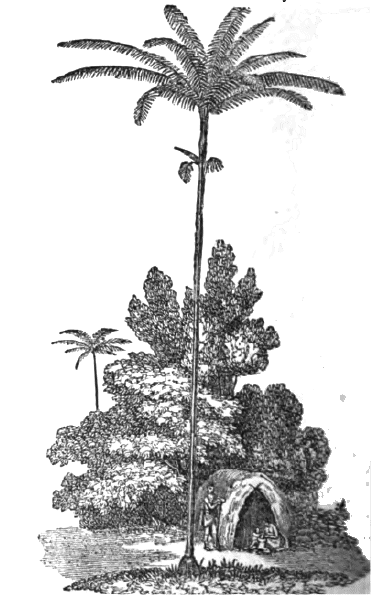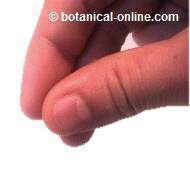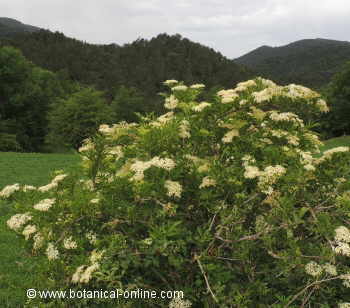Contents
Recipes with elder fruits or elder berries
Elder fruits are one of the most used edible wild fruits
Elderberries are one of the most traditional European edible wild fruits. To be edible, they must be collected when they are ripe, bright black and typically hanging from the branches of the willow tree.
The fruits ripen on the tree during the summer and their collection is usually done towards the end of summer. These fruits have an incredible richness in antioxidant components.
Purple elderberry cake
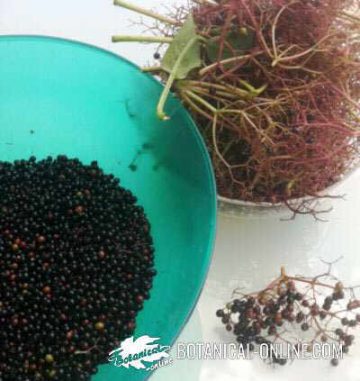
Ingredients for elderberry pie
- 250 gr of elderberries (elderberries)
- 100 gr of sugar
- Half a liter of milk or vegetable drink
- Three eggs
- 125 gr of sifted flour
- A teaspoon of lemon peel
Preparation of elderberry cake
- Separate the elderberries from the corimbos
- Spread a baking dish with butter.
- Pour the elderberries and sugar and mix it gently. We put it in the oven, previously preheated about 5 minutes at 170ºC
- Meanwhile, in a bowl, we mix the milk well with the eggs and the flour and the scraping of lemon peel.
- After 5 minutes, we open the oven and the elder has to be as caramelizing. At that time we put the mixture on top of the fruit and leave it for 30 more minutes.
- Garnish with some pieces of the same dough, to decorate, and bake it again at 180º or until the dough is toasted, about 30 minutes.
elderberry recipe cake berries fruits elder
Frozen elderberries
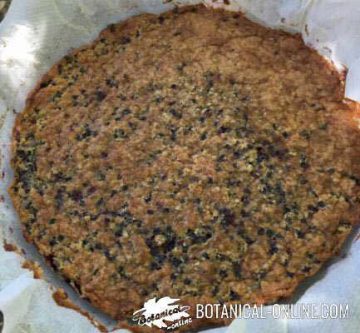
Elderberries can be frozen. This will allow us to use them gradually throughout the year. We can use them to decorate salads, desserts, etc. An easy way to take advantage of them.
Precautions of cooking with elder fruits
It is important to know that there is a very similar and toxic plant, the danewort or dwarf elder (Sambucus ebulus L.). It has a herbaceous appearance and gives off a foul smell. This plant also produces very similar but toxic black fruits. You must distinguish it from elderberry (Sambucus nigra L.)
The fruits of danewort and the whole plant are toxic due to the presence of cyanogenic glycosides (sambunigrin). These toxic components are also found in the immature fruits , seeds, leaves and bark of elder (Sambucus nigra L.)
* Related information: Differences between elder and dwarf elder
Article prepared by courtesy of Montserrat Enrich, author of the blog Gastronomia salvatge
![]() More information on elder
More information on elder

